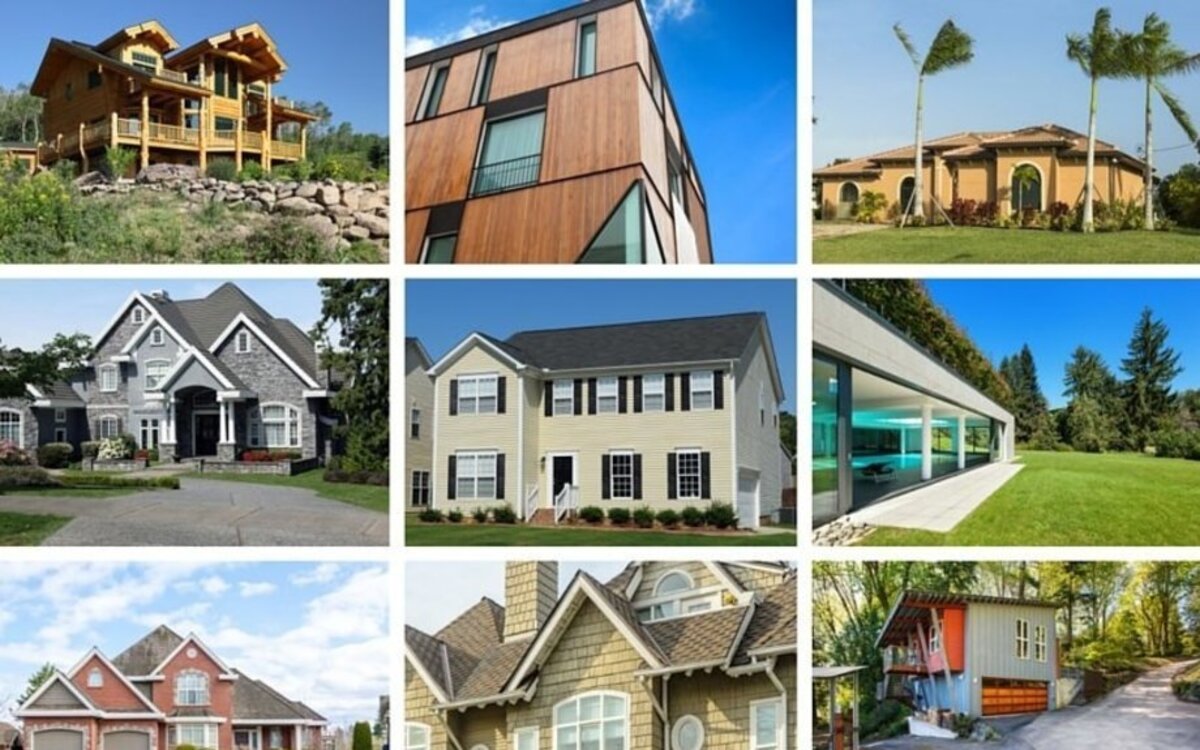

Articles
What Is Siding On A House Made Of
Modified: January 8, 2024
Discover what materials are commonly used for siding on houses in this informative article. Learn all about different siding options and find the perfect choice for your home.
(Many of the links in this article redirect to a specific reviewed product. Your purchase of these products through affiliate links helps to generate commission for Storables.com, at no extra cost. Learn more)
Introduction
House siding plays a crucial role in both the protection and aesthetics of a home. It not only shields the building from the elements but also adds personality and charm to its exterior. Choosing the right siding material is essential for homeowners, as it can greatly enhance the curb appeal and value of a property. In this article, we will explore the different materials commonly used for house siding, their unique characteristics, and the benefits they offer.
When it comes to selecting the most suitable type of house siding, several factors need to be considered, including durability, maintenance requirements, cost, and overall visual appeal. Each material has its own set of advantages and considerations, so it’s important to evaluate these factors before making a decision.
Whether you’re a homeowner looking to replace your existing siding or a builder in the process of constructing a new home, understanding the various options available will empower you to make an informed choice. Let’s dive into the world of house siding materials and discover what they’re made of!
Key Takeaways:
- Choosing the right siding material is crucial for homeowners, as it not only protects the home but also greatly impacts its aesthetics and curb appeal. Each material offers unique advantages and considerations, so careful evaluation is essential.
- From affordable and low-maintenance vinyl siding to the timeless appeal of wood siding, and the durability of fiber cement, homeowners have a wide range of options to enhance their homes. Proper installation by experienced professionals is key to ensuring the longevity and optimal performance of the chosen siding material.
Read more: What Is LP Siding Made Of
Subtitle 1: Definition and Purpose of House Siding
House siding refers to the exterior cladding or covering that is installed on the walls of a residential property. Its primary purpose is to protect the underlying structure from the effects of weather, such as rain, wind, snow, and UV rays. Additionally, siding also acts as a barrier against pests and provides insulation to improve energy efficiency.
Besides its functional role, siding also plays a crucial role in the overall aesthetic appeal of a home. It is one of the first things people notice when they approach or drive by a property, and it greatly influences the overall curb appeal. Siding comes in a wide array of colors, textures, and styles, allowing homeowners to choose an option that complements their architectural design preferences and personal taste.
Furthermore, siding also helps to maintain the structural integrity of the building by preventing moisture from infiltrating the walls, which can lead to issues like mold, rot, and deterioration. It acts as a protective shield against the elements, effectively safeguarding the interior spaces and the valuable possessions within the house.
Another important aspect of house siding is its longevity and durability. Quality siding materials are designed to withstand the harsh outdoor conditions, including extreme temperatures and humidity levels. They are resistant to fading, cracking, warping, and other forms of damage, ensuring that the siding remains intact and attractive for many years.
In summary, the definition and purpose of house siding are twofold: protection and aesthetics. It serves as a vital layer of defense for the structure against weather-related elements, while also enhancing the overall appearance and value of the home.
Subtitle 2: Common Materials Used for House Siding
There are various materials available for house siding, each with its own unique characteristics and benefits. Understanding the different options will help homeowners make an informed decision when it comes to selecting the most suitable siding material. Let’s explore some of the most commonly used materials:
- Vinyl Siding: Vinyl siding is one of the most popular choices for homeowners due to its affordability, low maintenance requirements, and versatility. It is made from PVC (polyvinyl chloride) resin, which makes it highly durable, weather-resistant, and fade-resistant. Vinyl siding is available in a wide range of colors and textures, allowing homeowners to achieve the desired look for their homes.
- Wood Siding: Wood siding is known for its timeless beauty and natural appeal. It can be made from various types of wood, such as cedar, redwood, or pine. Wood siding offers excellent insulation and can be customized through staining or painting. However, it requires regular maintenance, such as sealing and painting, to protect it from moisture damage and pests.
- Fiber Cement Siding: Fiber cement siding is a popular choice for its durability and resistance to fire, insects, and rot. It is made from a mixture of cement, sand, and cellulose fibers, resulting in a strong and long-lasting material. Fiber cement siding can mimic the look of wood, stucco, or brick, and requires minimal maintenance.
- Metal Siding: Metal siding, such as aluminum or steel, offers excellent durability and protection against harsh weather conditions. It is lightweight, easy to install, and can be painted in various colors. Metal siding is commonly used for modern and industrial-style homes.
- Stucco Siding: Stucco siding is made from a mixture of cement, sand, lime, and water. It provides a smooth, textured finish that can be painted in different colors. Stucco siding is highly durable and can withstand extreme temperatures and moisture. It is commonly used in Mediterranean or Spanish-style homes.
- Brick Siding: Brick siding offers a timeless and classic look to a home. It is made from clay or concrete bricks and provides excellent durability and insulation. Brick siding requires little maintenance and is resistant to pests, fire, and rot. It is commonly seen in traditional, colonial, or farmhouse-style homes.
- Stone Veneer Siding: Stone veneer siding is made from a thin layer of natural stone that is adhered to a backing material. It provides the appearance of full stone siding but at a lower cost. Stone veneer siding is available in a variety of colors and textures, giving homes an elegant and sophisticated look.
These are just a few of the common materials used for house siding. Each material offers its own set of advantages and considerations, so homeowners should carefully evaluate their specific needs, budget, and desired aesthetic before making a decision.
Subtitle 3: Vinyl Siding
Vinyl siding is a popular choice among homeowners for its affordability, versatility, and low maintenance requirements. It is made from PVC (polyvinyl chloride) resin, which makes it highly durable and weather-resistant. Vinyl siding comes in a wide range of colors, textures, and styles, allowing homeowners to achieve their desired look for their homes.
One of the main advantages of vinyl siding is its cost-effectiveness. It is more affordable compared to other siding materials, making it an attractive option for budget-conscious homeowners. Additionally, vinyl siding is easy to install, which can further reduce labor costs during the installation process.
The durability of vinyl siding is another key feature. It is resistant to rot, warping, and insect damage, ensuring that the siding remains intact and attractive for many years. Vinyl siding is also designed to withstand harsh weather conditions, including heavy rain, strong winds, and UV rays. This durability makes it a long-lasting investment for homeowners.
Maintenance for vinyl siding is minimal, which is a significant advantage for busy homeowners. Unlike wood siding that requires painting and sealing, vinyl siding only needs occasional cleaning with mild soap and water. It does not require repainting, and its color does not fade easily. This low-maintenance characteristic allows homeowners to save time and money on upkeep.
Furthermore, vinyl siding offers excellent insulation properties, which can contribute to energy efficiency in the home. It acts as a thermal barrier, helping to keep the indoor temperature stable and reducing energy consumption. This insulation can lead to cost savings on heating and cooling bills over time.
In terms of style, vinyl siding provides homeowners with a range of options. It is available in various profiles, such as traditional clapboard, dutch lap, and board and batten, allowing homeowners to achieve the desired architectural look. Vinyl siding also offers different textures, including smooth, wood-grain, and textured finishes, providing versatility in design choices.
Overall, vinyl siding is a practical and attractive option for homeowners. Its affordability, durability, low maintenance, and versatility make it appealing for those looking to enhance the appearance and protection of their homes without breaking the bank.
Subtitle 4: Wood Siding
Wood siding has been a popular choice for house exteriors for many years due to its natural beauty and timeless appeal. It offers a warm, rustic look that adds character and charm to any home. Wood siding is typically made from various types of wood, including cedar, redwood, or pine, each with its own unique characteristics.
One of the main advantages of wood siding is its aesthetic appeal. The natural grain patterns and textures of wood create a warm and inviting atmosphere, making it a desirable choice for homeowners seeking a traditional or classic look. Wood siding can be customized through staining or painting, allowing homeowners to achieve their desired color and style.
Another advantage of wood siding is its excellent insulation properties. Wood acts as a natural insulator, providing thermal resistance and helping to regulate the temperature inside the home. This can result in energy savings by reducing the need for excessive heating or cooling.
However, it is important to note that wood siding requires regular maintenance to preserve its beauty and protect it from moisture damage. Wood is susceptible to rot, decay, and insect infestation if not properly maintained. Homeowners must regularly inspect and treat the wood siding with sealants, stains, or paints to prevent water penetration and ensure its longevity.
Despite the maintenance requirements, wood siding offers durability when properly cared for. Cedar and redwood, in particular, are naturally resistant to decay, insects, and moisture. These types of wood are often chosen for their durability and longevity.
Wood siding also allows for easy repairs and replacement in case of damage or wear over time. Individual boards can be replaced, minimizing the need for extensive repairs or replacement of the entire siding. This flexibility is a benefit of wood siding over other materials that may require more costly and time-consuming repairs.
When it comes to environmental sustainability, wood siding can be a responsible choice. Opting for sustainably sourced wood or reclaimed wood can reduce the environmental impact associated with siding materials. Wood is also biodegradable, making it an environmentally friendly option for those conscious of the lifecycle of their siding.
In summary, wood siding offers a timeless appeal, excellent insulation, and the ability to customize the aesthetic of a home. However, it requires proper maintenance to ensure durability and protection against moisture and pests. For homeowners who appreciate the natural beauty of wood and are willing to invest in its upkeep, wood siding can provide a classic and welcoming exterior for their homes.
Read more: What Is Masonite Siding Made Of
Subtitle 5: Fiber Cement Siding
Fiber cement siding is a popular choice for homeowners seeking a durable and low-maintenance option for their house exteriors. It is a composite material made from a mixture of cement, sand, and cellulose fibers, providing excellent strength and resistance to various elements.
One of the key advantages of fiber cement siding is its exceptional durability. It is highly resistant to impact, fire, insects, and rot, making it a long-lasting and low-risk option for homeowners. Fiber cement siding can withstand harsh weather conditions, including high winds, heavy rain, and extreme temperatures, without warping or deteriorating.
Furthermore, fiber cement siding requires minimal maintenance compared to other siding materials. It does not need regular painting or sealing, as its color is cured into the material during the manufacturing process. This saves homeowners time and money on ongoing maintenance tasks.
Fiber cement siding is available in a variety of styles, textures, and finishes, allowing homeowners to achieve the desired look for their homes. It can mimic the appearance of wood, stucco, or brick, catering to diverse architectural designs and personal preferences. This versatility makes fiber cement siding a popular choice for both contemporary and traditional homes.
In terms of insulation, fiber cement siding provides thermal efficiency and contributes to energy savings. It helps to regulate the temperature inside the home, reducing reliance on heating or cooling systems. This can lead to lower energy bills and increased comfort for homeowners.
Although fiber cement siding is durable, it is important to have it installed by professionals to ensure proper installation and optimal performance. Improper installation can affect its effectiveness and longevity. Additionally, while fiber cement siding is low-maintenance, occasional inspections for cracks or damage are recommended to address any issues promptly.
Fiber cement siding is also an environmentally-friendly choice for homeowners concerned about sustainability. It is made from natural and recyclable materials, such as cement, sand, and cellulose fibers. Some manufacturers produce fiber cement siding using sustainable practices and offer products with recycled content, further reducing environmental impact.
In summary, fiber cement siding is a versatile, durable, and low-maintenance option for homeowners. With its exceptional strength, resistance to various elements, and ability to mimic different textures and finishes, fiber cement siding provides an attractive and practical solution for house exteriors.
Siding on a house is typically made of materials such as vinyl, wood, fiber cement, or metal. Each material has its own benefits and drawbacks, so consider factors like durability, maintenance, and cost when choosing the right siding for your home.
Subtitle 6: Metal Siding
Metal siding is a popular choice for homeowners seeking a modern and sleek look for their house exteriors. It is typically made from materials such as aluminum or steel, offering durability, strength, and a unique aesthetic appeal.
One of the main advantages of metal siding is its exceptional durability. Metal is resistant to rot, insects, and fire, making it a long-lasting option for homeowners. It can withstand extreme weather conditions, including high winds, heavy rain, and hail, without warping or cracking.
Metal siding is also lightweight and easy to install, making it a practical choice for both new construction and remodeling projects. Its lightweight nature reduces the strain on the structure and allows for efficient installation, potentially saving time and labor costs during the construction process.
In terms of maintenance, metal siding requires minimal upkeep. It does not need regular painting or staining, as its color is often applied through a factory-coating process that provides long-lasting protection. Metal siding is resistant to fading, chipping, and peeling, requiring only occasional cleaning with mild soap and water to maintain its appearance.
Furthermore, metal siding is highly resistant to moisture and mold growth, which can be a common concern in other siding materials. This makes it an ideal choice for homeowners in humid or coastal areas, where moisture-related issues are more prevalent.
Metal siding offers versatility in design options. It is available in a range of colors, finishes, and profiles, allowing homeowners to achieve the desired architectural style and visual appeal. From traditional horizontal panels to modern vertical profiles, metal siding can be customized to complement the overall design of a home.
While metal siding is known for its durability, it can be susceptible to dents or scratches. However, advancements in manufacturing techniques have led to the development of more resilient finishes and coatings that mitigate these concerns. Additionally, if damage does occur, individual sections or panels of metal siding can be replaced without the need for extensive repairs.
In terms of sustainability, metal siding is a recyclable material, making it an environmentally-friendly choice. It can be recycled at the end of its lifespan, reducing waste and minimizing its impact on the environment.
In summary, metal siding offers durability, low maintenance, and a modern aesthetic appeal. With its ability to withstand harsh weather conditions and provide design versatility, metal siding is a practical and stylish choice for homeowners looking to enhance the exterior of their homes.
Subtitle 7: Stucco Siding
Stucco siding is a popular choice among homeowners who appreciate the timeless, textured look it brings to their house exteriors. It is a cement-based siding material that provides durability, versatility, and architectural appeal.
One of the main advantages of stucco siding is its unique aesthetic. It offers a classic and elegant appearance with its smooth or textured finish. Stucco can be customized in various colors, allowing homeowners to achieve the desired look for their homes. It is commonly used in Mediterranean or Spanish-style architecture but can complement a wide range of architectural designs. The versatility of stucco makes it a sought-after choice for homeowners striving for a distinctive and artistic look.
In addition to its visual appeal, stucco siding is also known for its durability. When properly installed and maintained, stucco can withstand various weather conditions, including strong winds, heavy rain, and extreme temperatures. It is resistant to rot, insects, and fire, adding an extra layer of protection to the home.
Stucco siding also provides excellent insulation properties. It has a high thermal mass, which helps regulate the temperature inside the home, reducing energy consumption from heating and cooling systems. This can lead to cost savings on utility bills and increased comfort for homeowners.
Maintenance for stucco siding is relatively low compared to other siding materials. Regular cleaning with mild detergent and water is usually sufficient to keep the stucco looking fresh and vibrant. It is important to conduct routine inspections for any cracks or damage, as timely repairs can prevent water penetration and further deterioration.
Although stucco is a durable and low-maintenance siding option, it is important to have it installed by experienced professionals. Proper installation techniques, including the use of a weather-resistant barrier and good drainage systems, are essential to ensure the longevity and performance of the stucco siding.
Stucco siding is also beneficial in terms of fire and noise resistance. It is non-combustible, adding an extra layer of protection to the home in case of fire. Additionally, stucco’s dense composition helps reduce outdoor noise transmission, providing a quieter and more peaceful indoor environment.
In summary, stucco siding offers a timeless and elegant look, excellent durability, insulation properties, and low maintenance requirements. Its ability to complement various architectural styles and provide added protection makes stucco a favored choice for homeowners seeking a stylish and enduring siding option.
Subtitle 8: Brick Siding
Brick siding is a classic and timeless choice for homeowners looking to enhance the exterior of their homes. It offers a traditional, elegant, and durable option that exudes charm and character.
One of the main advantages of brick siding is its exceptional durability. Brick is known for its longevity and ability to withstand various weather conditions over time. It is resistant to rot, fire, insects, and fading, ensuring that the siding remains intact and attractive for many years. Brick siding requires minimal maintenance, eliminating the need for frequent repairs or replacements.
Brick siding also provides excellent insulation properties. The dense structure of brick helps regulate temperature fluctuations, improving energy efficiency and reducing heating and cooling costs. This can contribute to increased comfort and savings for homeowners.
Another advantage of brick siding is its versatility in design. Bricks come in various colors, sizes, and textures, allowing homeowners to achieve the desired architectural style and aesthetic appeal. From a traditional red brick to a modern gray or white brick, homeowners have a wide range of options to choose from.
In addition to its visual appeal, brick siding offers soundproofing benefits. The density and composition of bricks help reduce noise transmission, providing a quieter and more peaceful indoor environment. This can be particularly beneficial for homeowners living in noisy or urban areas.
Brick siding is also resistant to pests and requires little to no maintenance related to insects or termites. The solid nature of brick prevents these pests from burrowing or damaging the siding, providing homeowners with peace of mind and potentially reducing the need for pest control measures.
While brick siding offers numerous benefits, it is important to note that it requires professional installation. Brick siding installation involves precision and expertise to ensure proper alignment, mortar application, and weatherproofing. Hiring experienced professionals will help ensure a quality and long-lasting brick siding installation.
In summary, brick siding is a timeless and durable option for homeowners seeking a classic and elegant exterior. Its durability, insulation properties, resistance to pests, and soundproofing benefits make it a sought-after choice for those looking to enhance the aesthetic appeal and value of their homes.
Read more: What Is Clapboard Siding Made Of
Subtitle 9: Stone Veneer Siding
Stone veneer siding is a popular choice for homeowners who desire the natural beauty and elegance of stone without the high cost and weight associated with traditional stone siding. It is made from a thin layer of natural stone that is adhered to a backing material, providing a realistic and visually appealing alternative.
One of the main advantages of stone veneer siding is its authentic look and texture. It mimics the appearance of full stone siding, offering a luxurious and timeless aesthetic. Stone veneer comes in various types, including limestone, granite, and cultured stone, providing homeowners with a wide range of looks and styles to choose from.
Stone veneer siding is considerably lighter than full stone, making it easier to install and reducing the need for specialized support structures. This lightweight characteristic also allows for easier transportation and handling during the construction or renovation process, potentially saving time and labor costs.
In terms of durability, stone veneer siding is built to withstand the elements. It is resistant to fading, cracking, and warping, ensuring that the siding remains beautiful and intact for years to come. Stone veneer is also resistant to pests and fire, making it a safe and long-lasting investment for homeowners.
Maintenance for stone veneer siding is relatively low. It typically requires occasional cleaning to remove dirt and debris, similar to other siding materials. Stone veneer does not require sealing or repainting, as the natural stone is inherently durable and resistant to damage.
Stone veneer siding offers excellent insulation properties, contributing to energy efficiency in the home. It acts as a thermal barrier, helping to regulate the indoor temperature and reduce energy consumption. This can result in cost savings on heating and cooling bills over time.
One important consideration when choosing stone veneer siding is the installation process. It is recommended to have stone veneer siding installed by professionals with experience in handling and applying this material. Proper installation techniques ensure the longevity and performance of the siding, as well as proper adherence to building codes and regulations.
In summary, stone veneer siding provides the beauty and elegance of natural stone at a more affordable and manageable scale. With its authentic look, durability, low maintenance requirements, and insulation properties, stone veneer siding enhances the aesthetic appeal and value of homes while providing a long-lasting and practical siding option.
Subtitle 10: Conclusion
Choosing the right siding material is an important decision for homeowners. It not only protects the structure of the home from the elements but also significantly impacts its overall aesthetics and curb appeal. Throughout this article, we have explored various siding materials commonly used for house exteriors, including vinyl siding, wood siding, fiber cement siding, metal siding, stucco siding, brick siding, and stone veneer siding.
Vinyl siding provides an affordable, low-maintenance option with a wide range of colors and styles to choose from. Wood siding offers a timeless and natural look, but it requires regular maintenance to preserve its beauty and protect it from moisture and pests. Fiber cement siding combines durability, versatility, and low maintenance, while metal siding offers a modern and sleek appearance with excellent durability.
Stucco siding brings a classic and elegant look to homes, with its textures and finishes adding architectural interest. Brick siding provides a traditional and timeless aesthetic, excellent durability, and insulation properties. Stone veneer siding mimics the beauty of natural stone without the weight and cost associated with full stone siding.
Each siding material has its own unique advantages and considerations, such as cost, durability, maintenance requirements, and design flexibility. Homeowners should carefully evaluate their specific needs, budget, and desired aesthetic when choosing the right siding material for their homes.
It is important to note that proper installation, regardless of the chosen siding material, is crucial to ensure its longevity and optimal performance. Hiring experienced professionals will help ensure that the siding is installed correctly and in accordance with best practices.
Ultimately, finding the perfect siding material involves striking a balance between functionality, durability, maintenance, and the desired visual appeal. By carefully considering these factors, homeowners can select a siding material that not only protects their homes but also enhances their beauty, value, and overall enjoyment.
Whether you opt for vinyl, wood, fiber cement, metal, stucco, brick, or stone veneer siding, making an informed decision will result in a beautiful, long-lasting, and well-protected home.
Frequently Asked Questions about What Is Siding On A House Made Of
Was this page helpful?
At Storables.com, we guarantee accurate and reliable information. Our content, validated by Expert Board Contributors, is crafted following stringent Editorial Policies. We're committed to providing you with well-researched, expert-backed insights for all your informational needs.
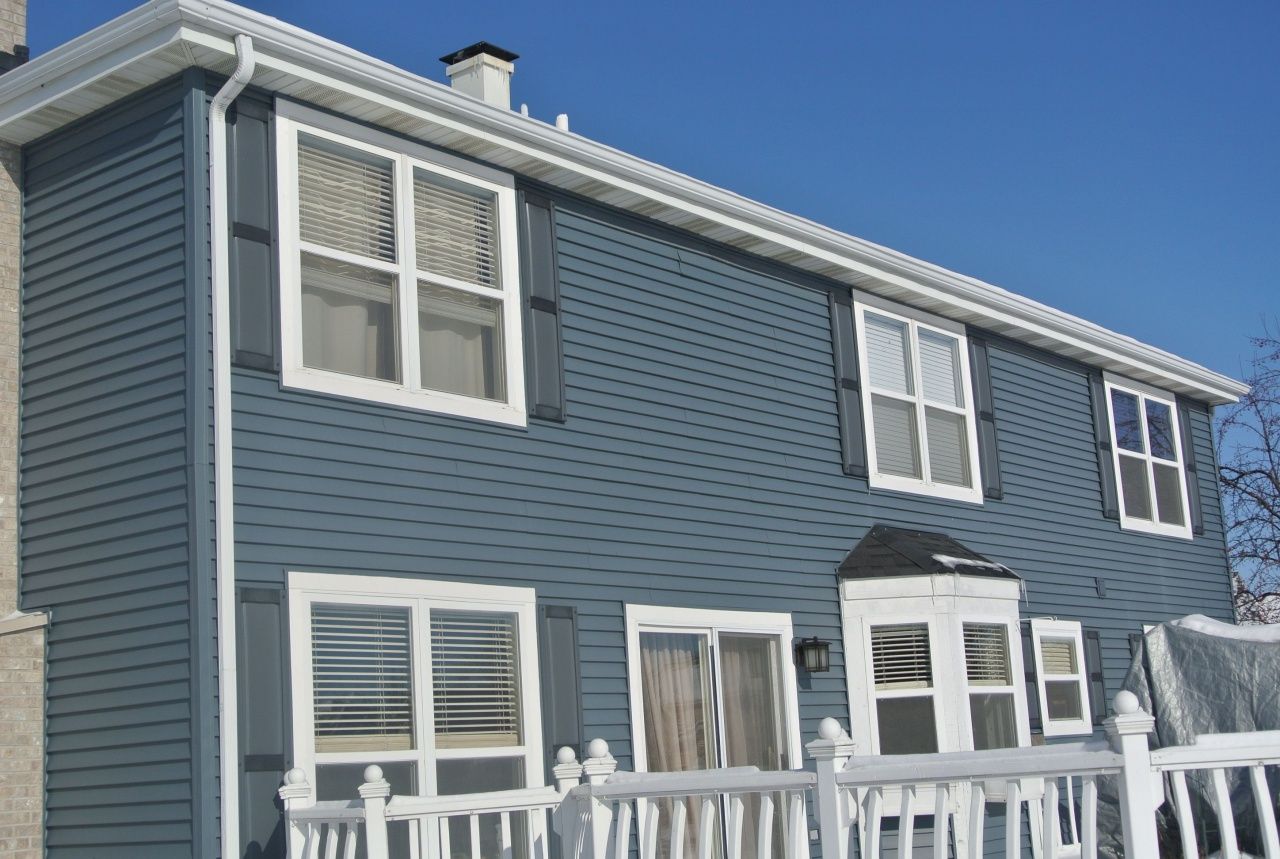
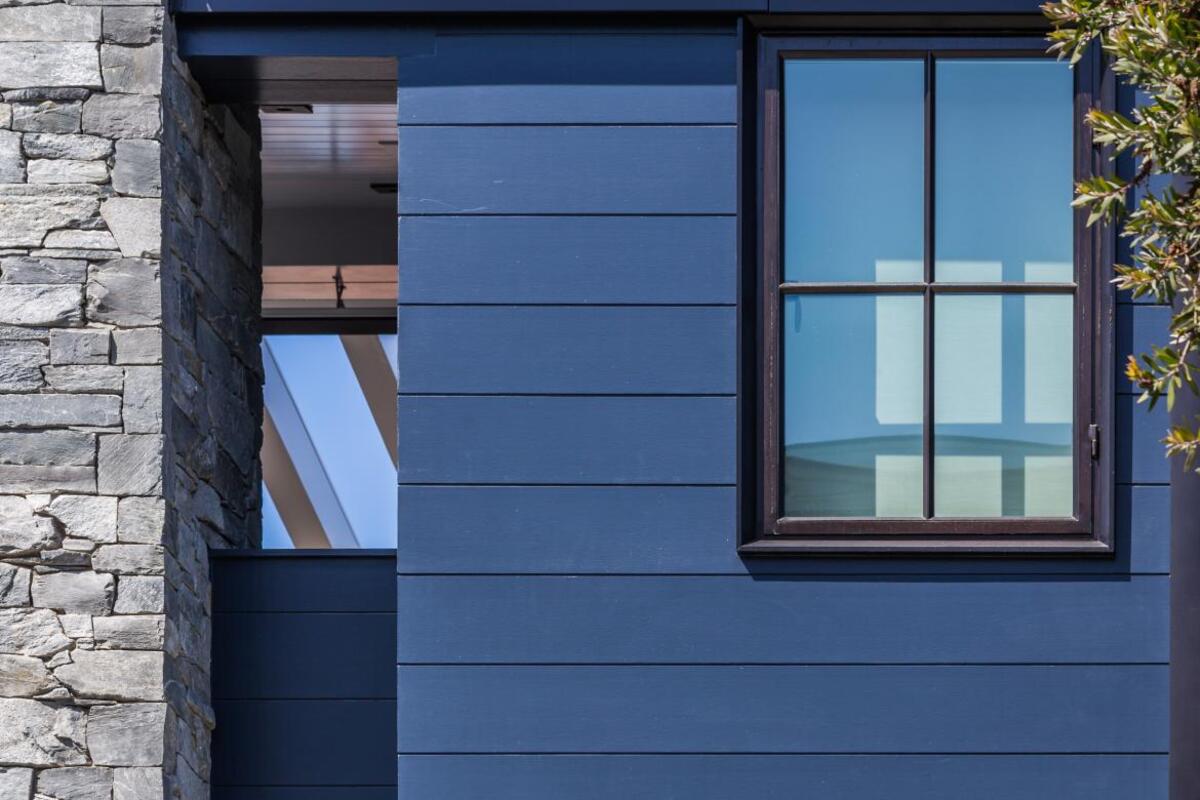
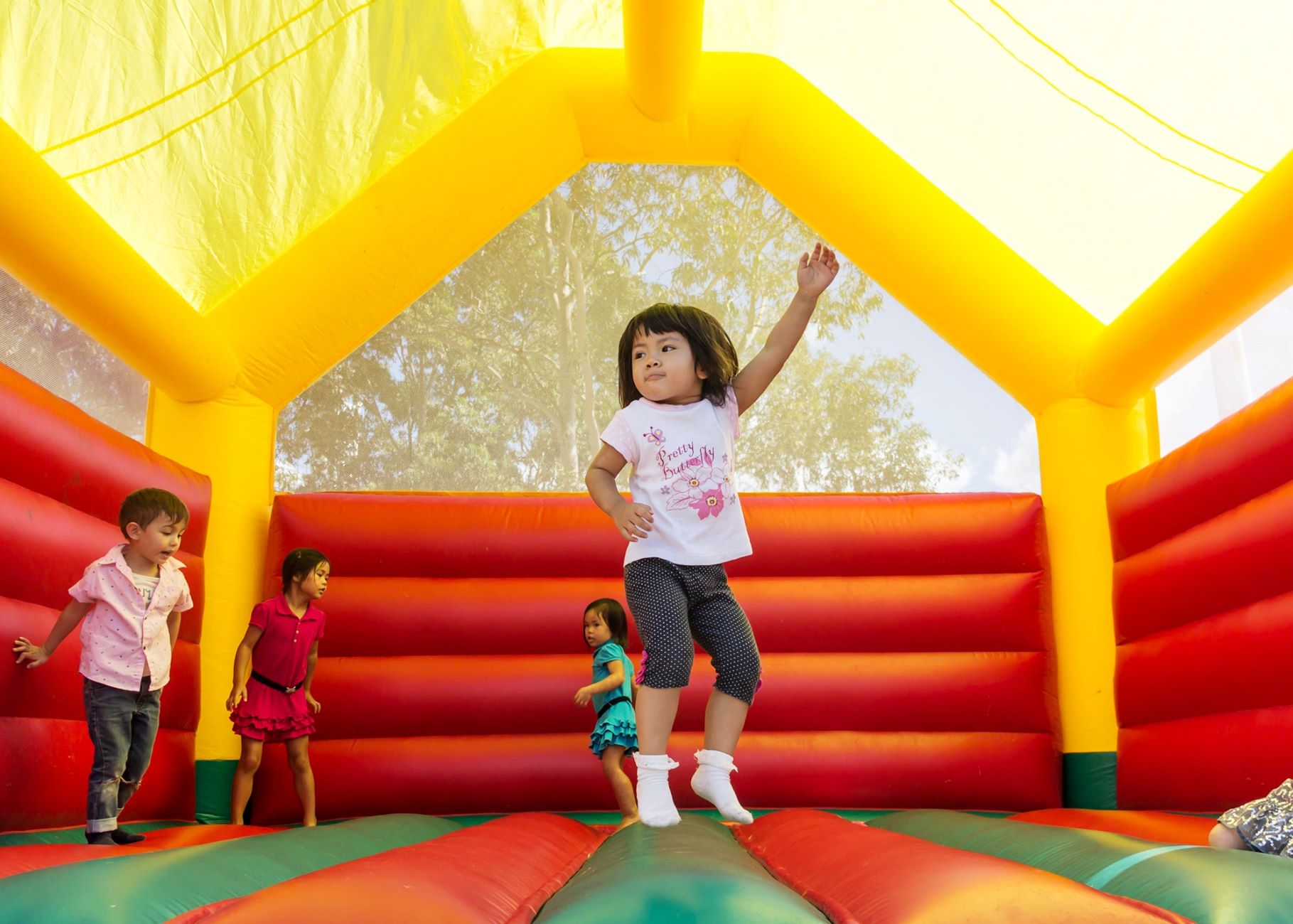
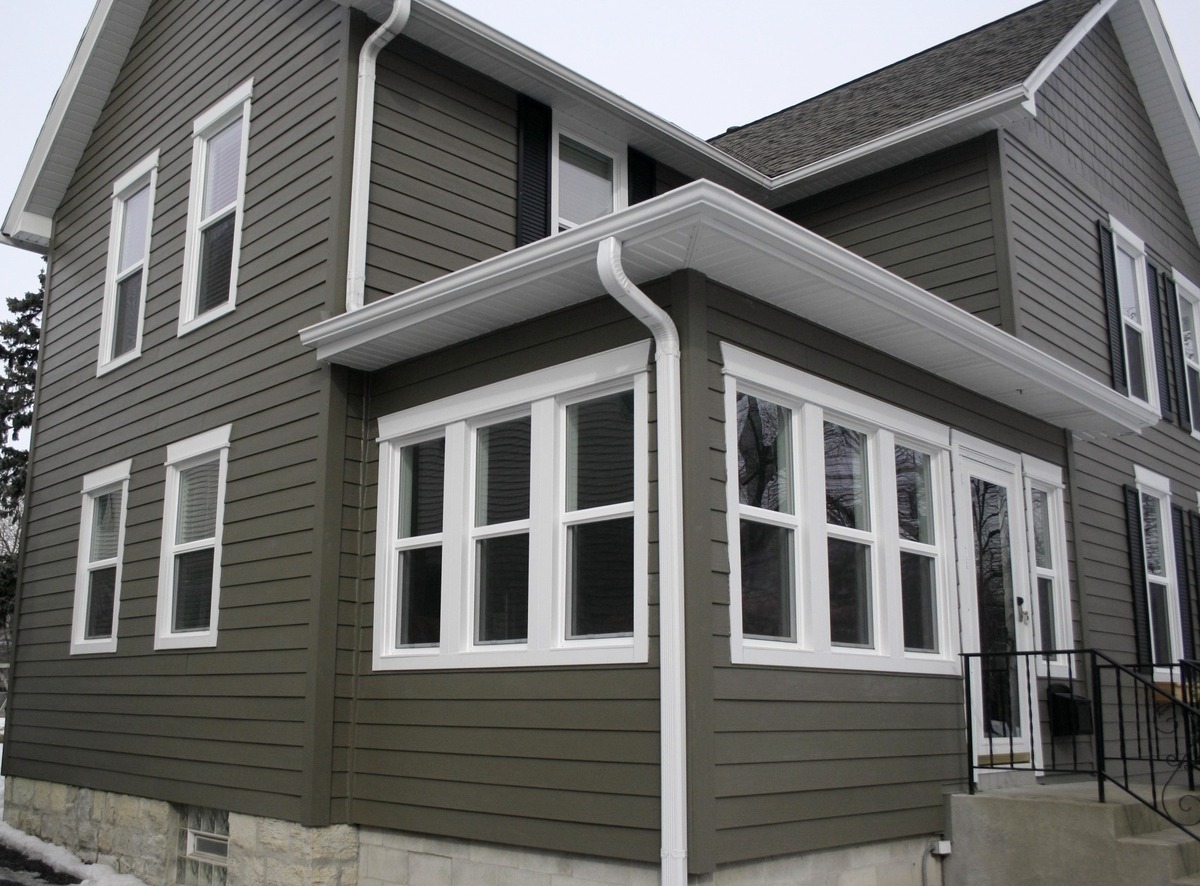
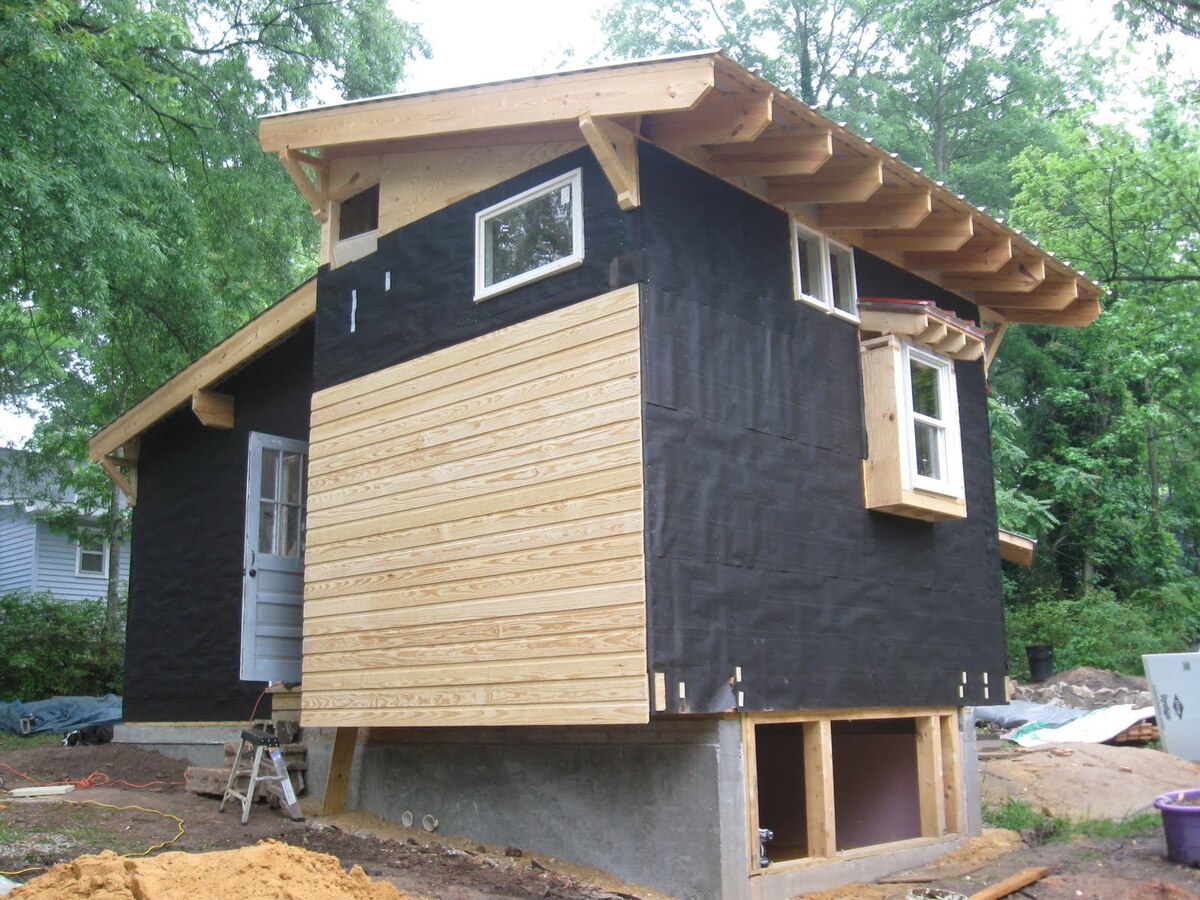
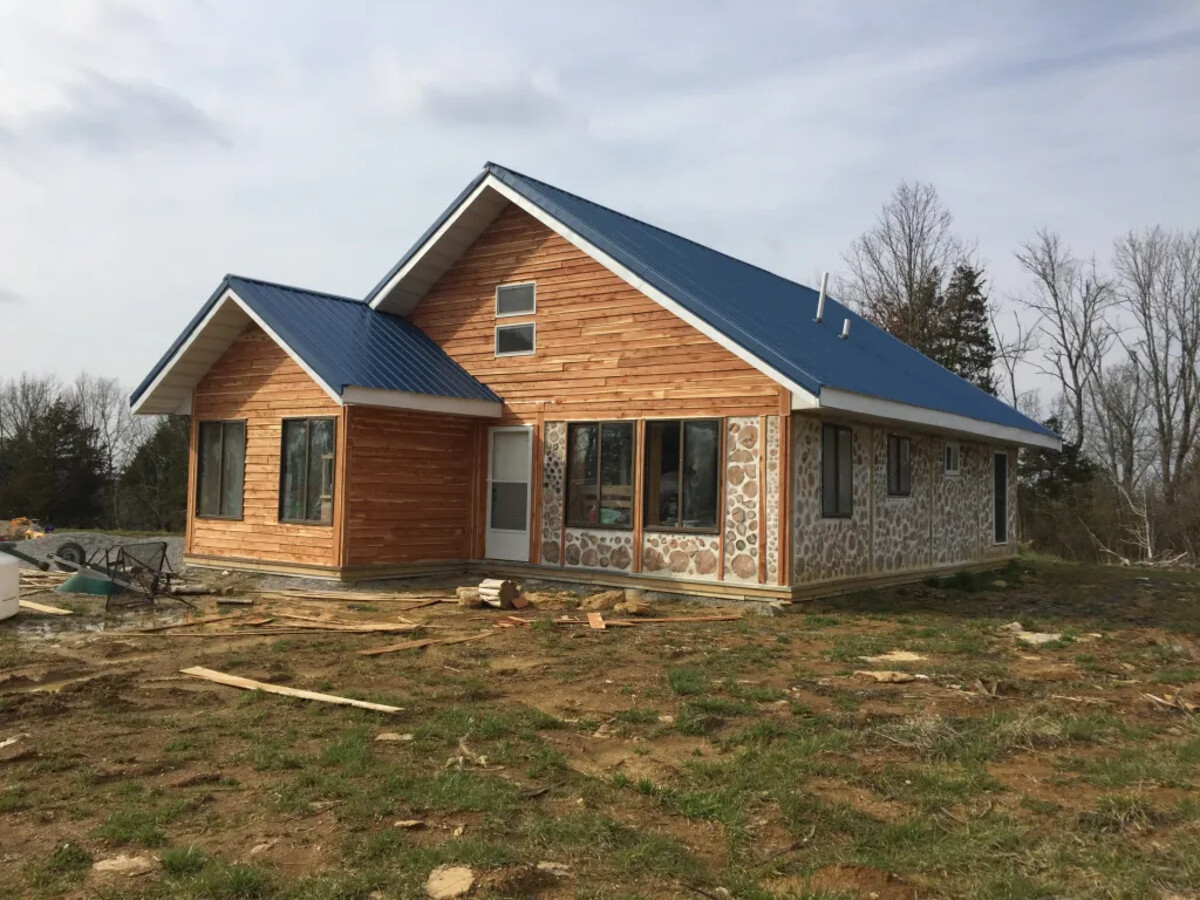
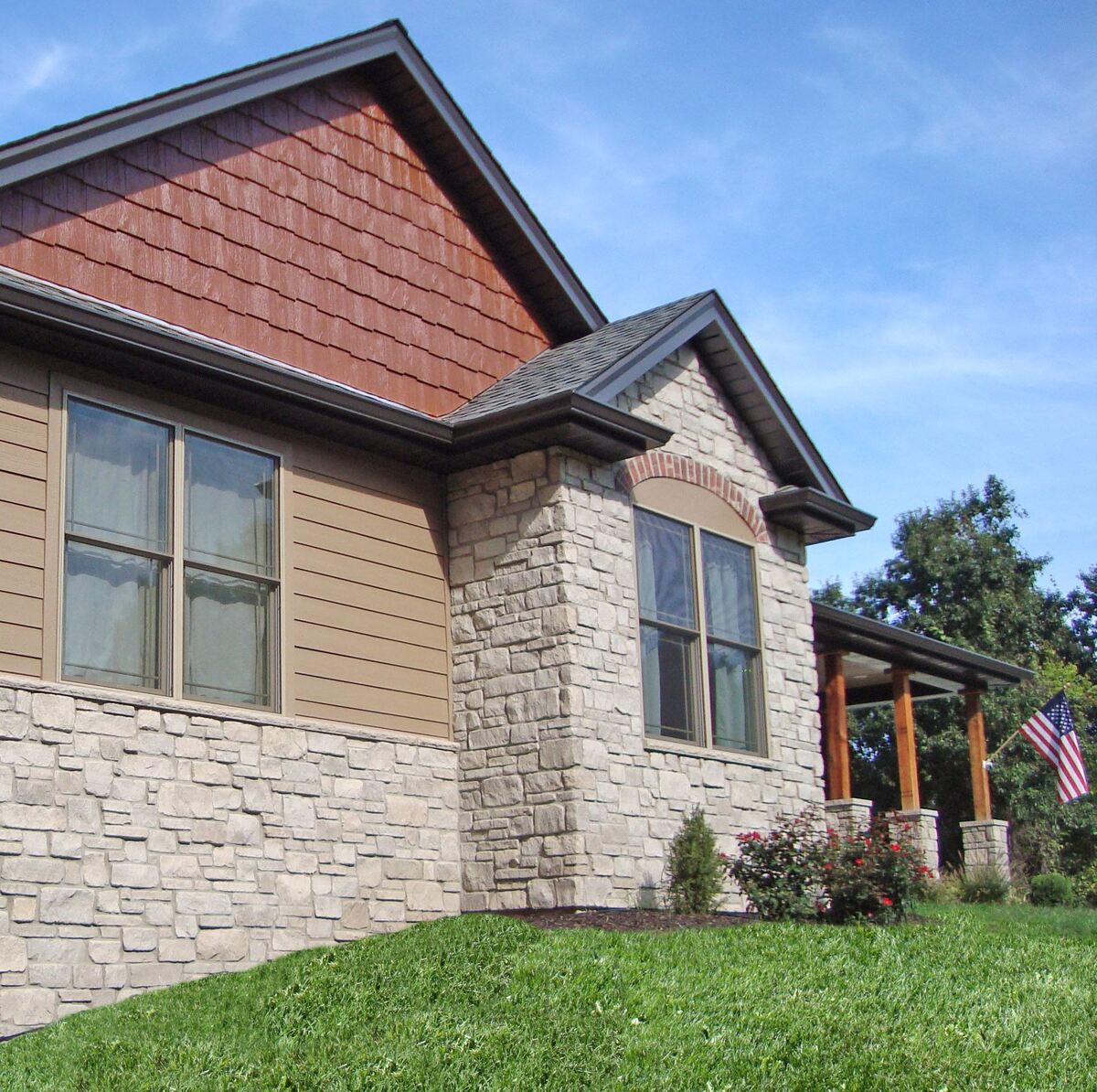
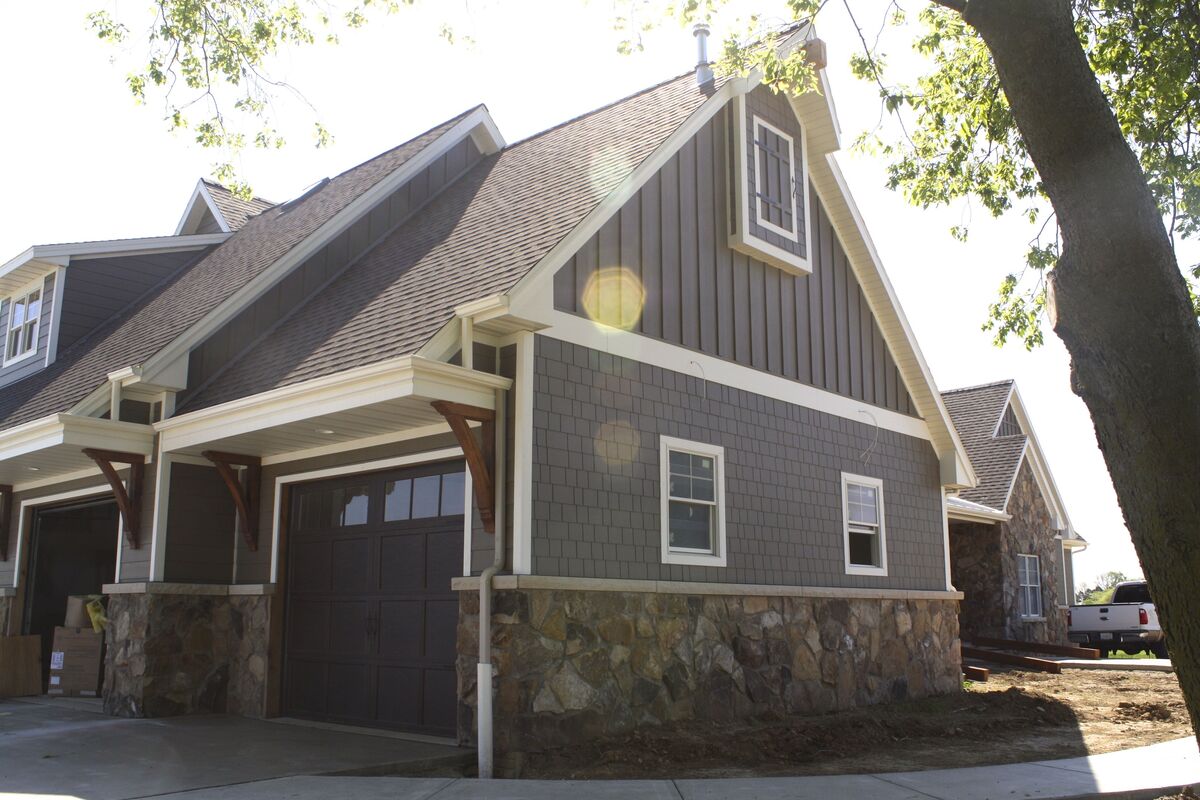
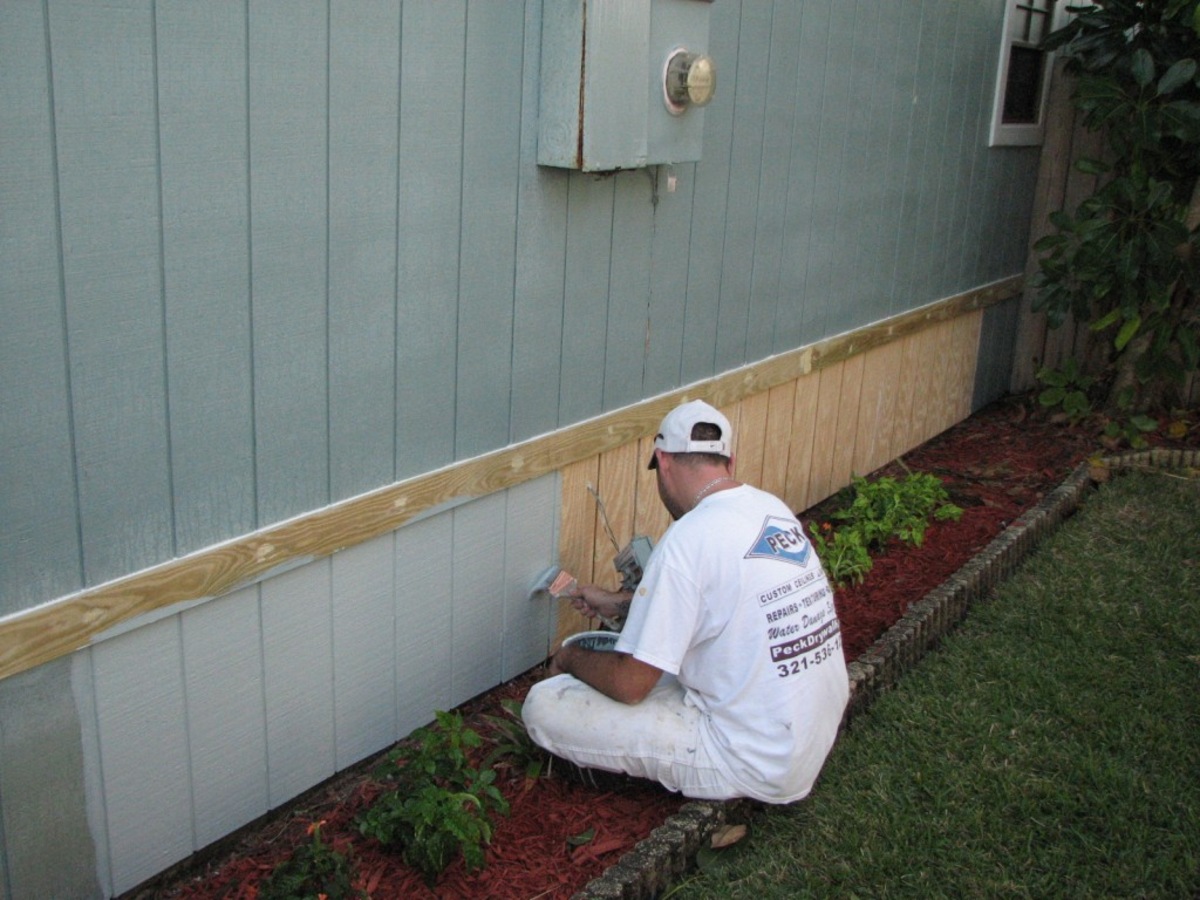
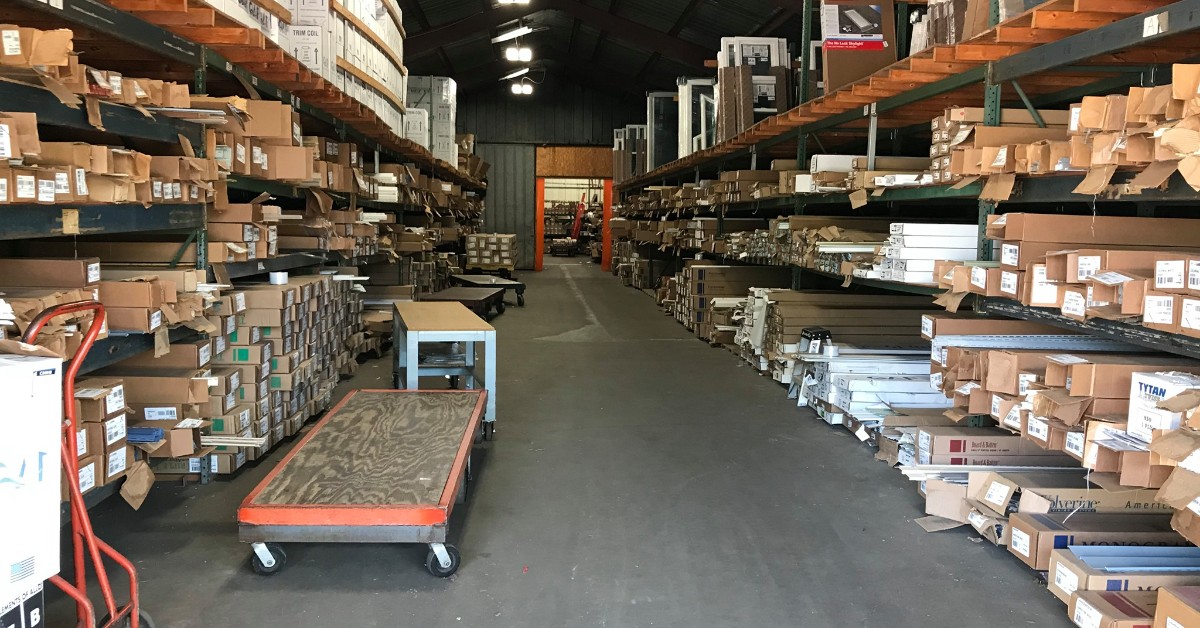
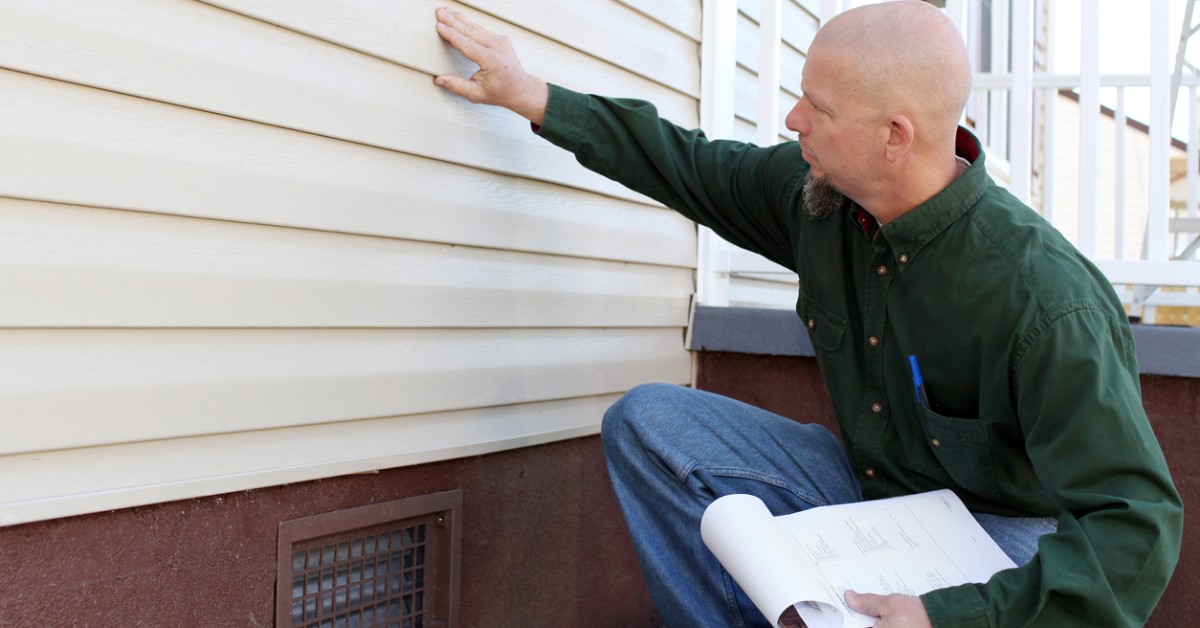
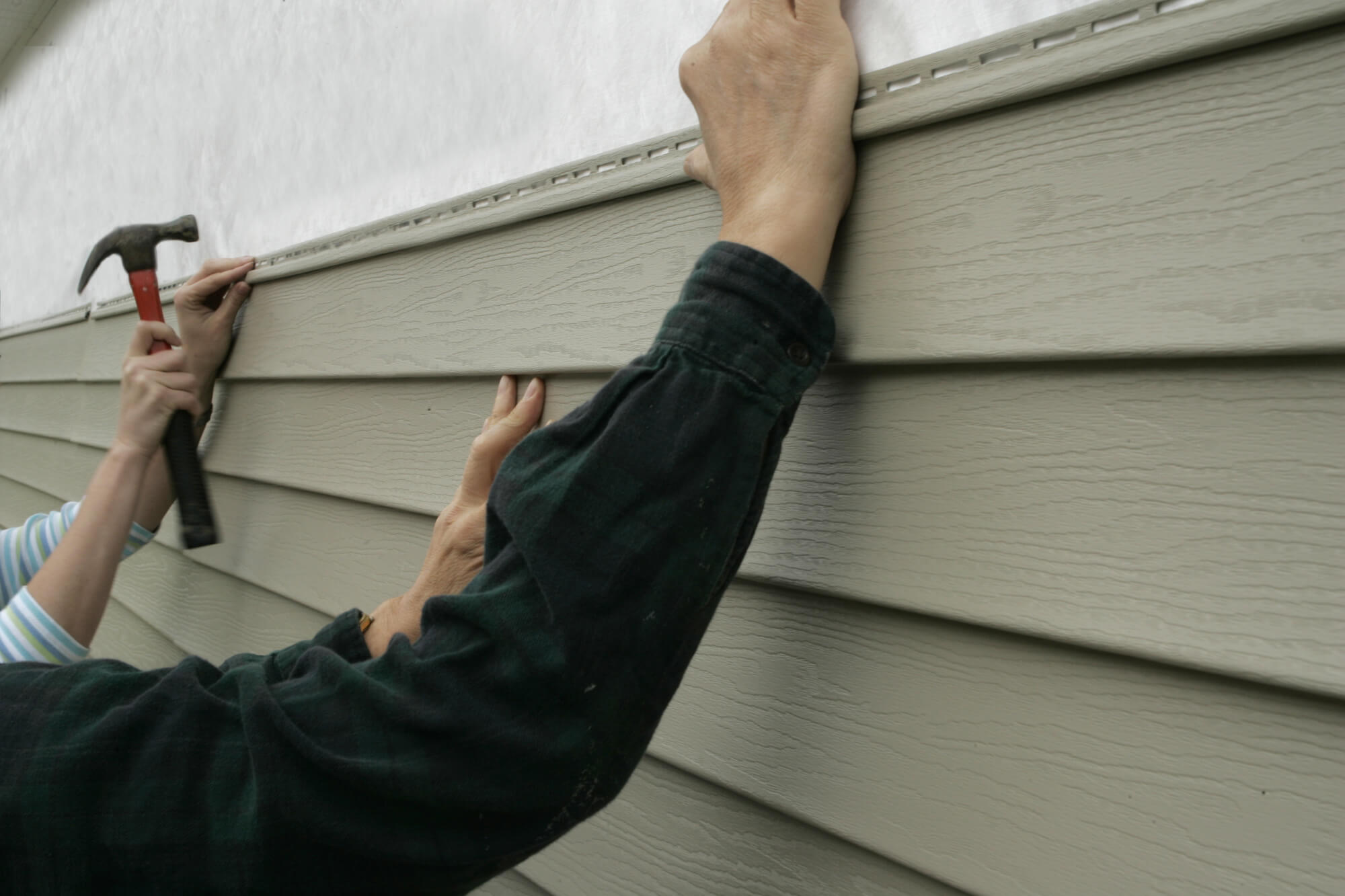
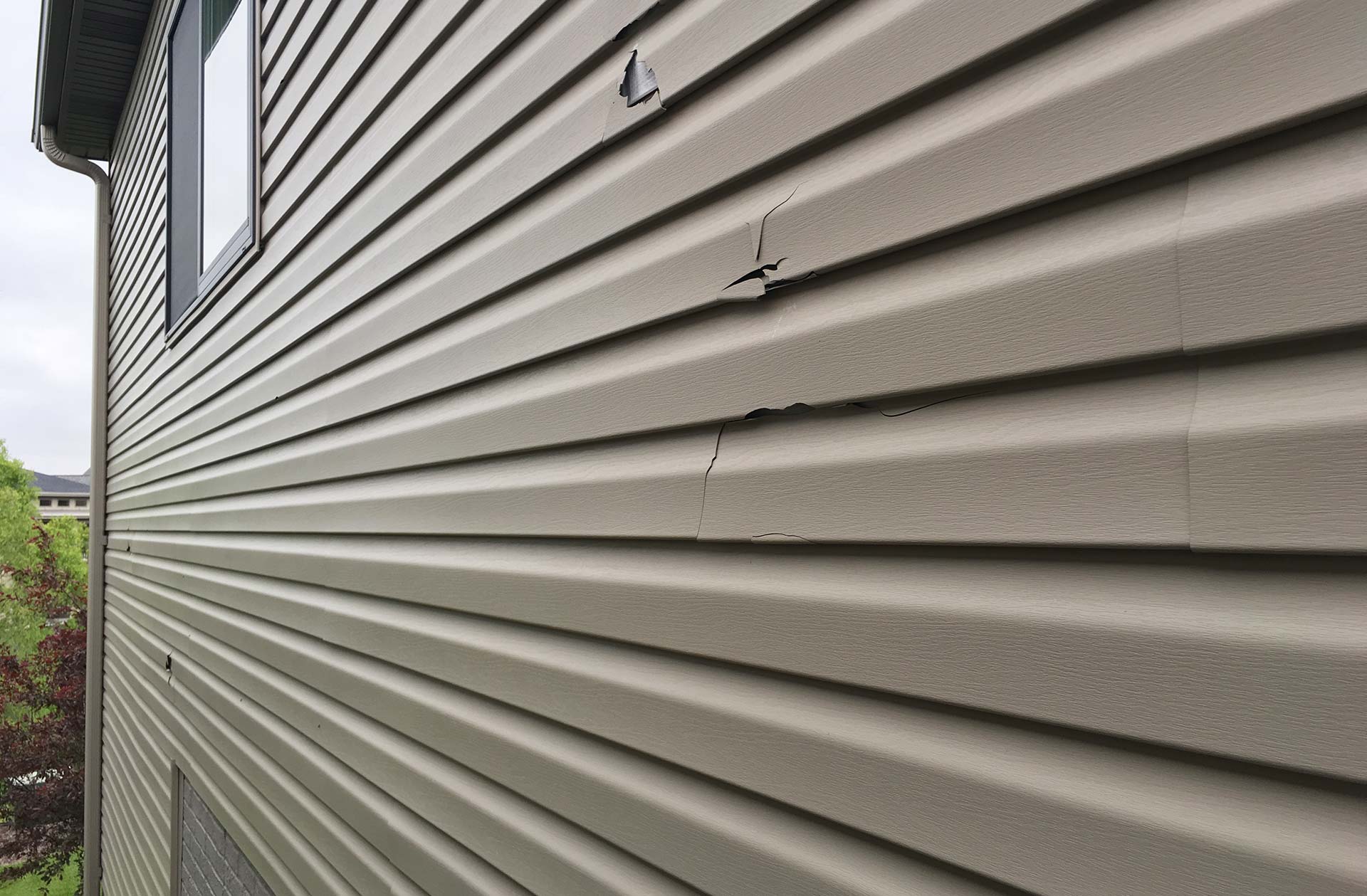

0 thoughts on “What Is Siding On A House Made Of”